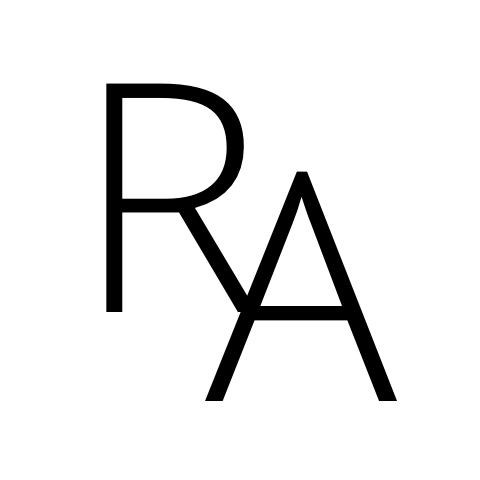Augmented Reality App
Overview
Note: In compliance with my non-disclosure agreements, I have omitted confidential information about this project.
Goal
The study evaluated the safety, ergonomics, usability, effectiveness, efficiency, acceptability, and desirability of a prototype of an augmented reality (AR) app on Microsoft HoloLens 2 designed to improve a specific workflow used by retail employees.
Method
3-phase study:
Phase A (initial evaluations)
Heuristic analysis based on Nielsen usability heuristics, human factors/ergonomics heuristics, AR heuristics, and Microsoft safety tips
Social comfort test in the actual retail setting to evaluate acceptability and customer reactions as well as social comfort for the user
Phase B (evaluations in mock setting)
Usability tests focused on task completion, first with 11 lay users from the client’s “friends and family” network in a mock setting, then with 15 actual retail employees in a mock setting
Post-test interviews
Phase C (evaluations in actual environment)
Usability tests focused on task completion, including time trial comparisons to current workflow, with actual retail employees in the actual environment
Post-test interviews
Between each test, the client’s design and engineering teams refined the app.
My Role
Conducted all evaluations in each phase
Wrote the participant selection criteria
Wrote the protocols and materials (e.g. session guides, scripts, questions)
Moderated the sessions with users
Took notes and video-recorded sessions
Analyzed and organized the data
Created reports, including results and recommendations
Presented results to the client and stakeholders
I collaborated with the client’s design, engineering, and project management teams, a research assistant who provided recording support and edited videos, and a retail location and its associated individuals to coordinate testing.
Impact
Findings from Phases A and B provided guidance for further work on the app to prove the product’s potential to improve the target workflow. Results from Phase C provided data to executive leadership teams in the client’s parent corporation and served as the basis for go/no-go decisions for the project going forward.

